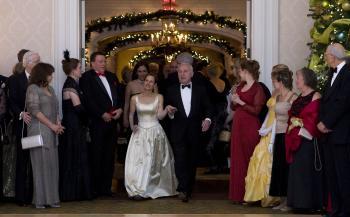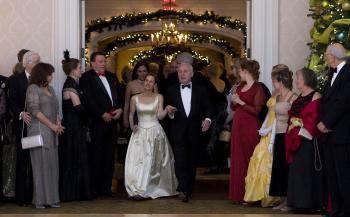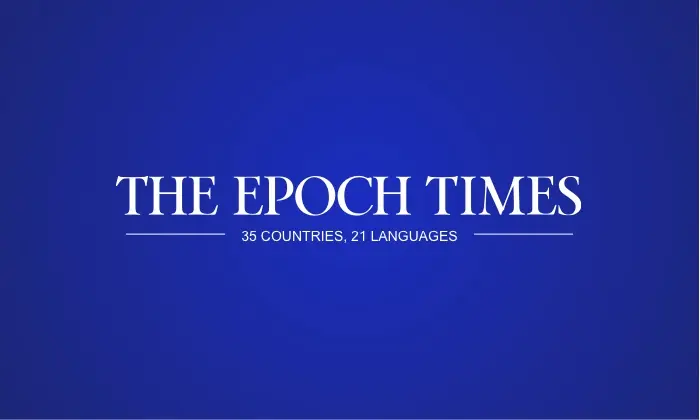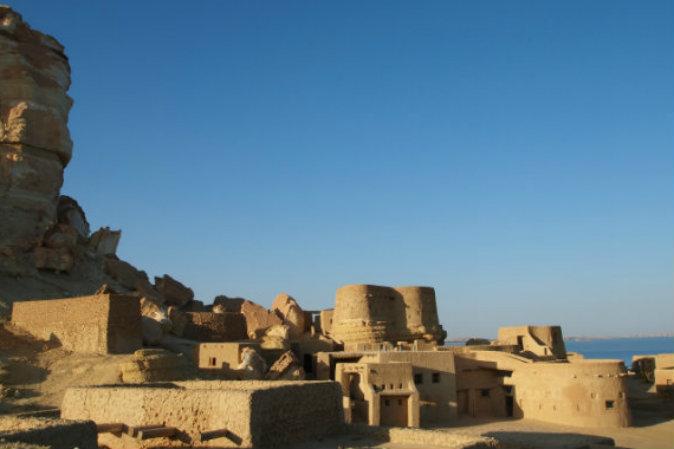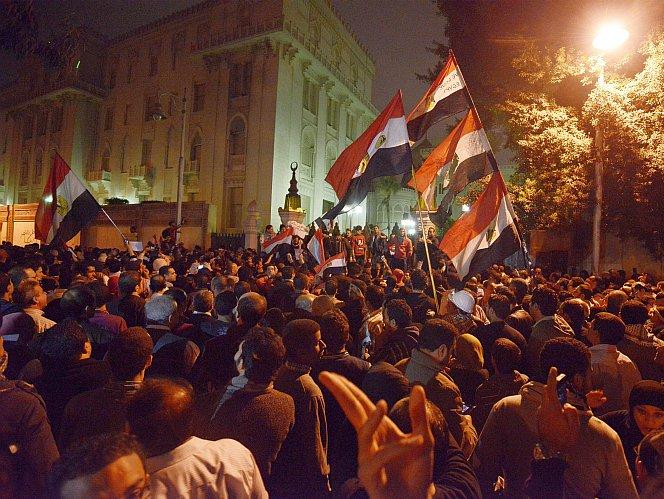Viennese Ball Graces Nation’s Capital
Where in the United States can one find a near-exact replica of a traditional Viennese ball?
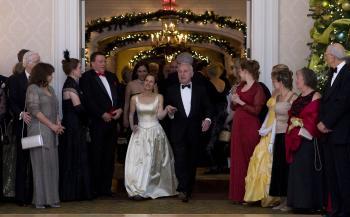
Austrian Ambassador to the United States, Christian Prosl, leads the dignitaries into the ballroom. Lisa Fan/The Epoch Times
|Updated:
